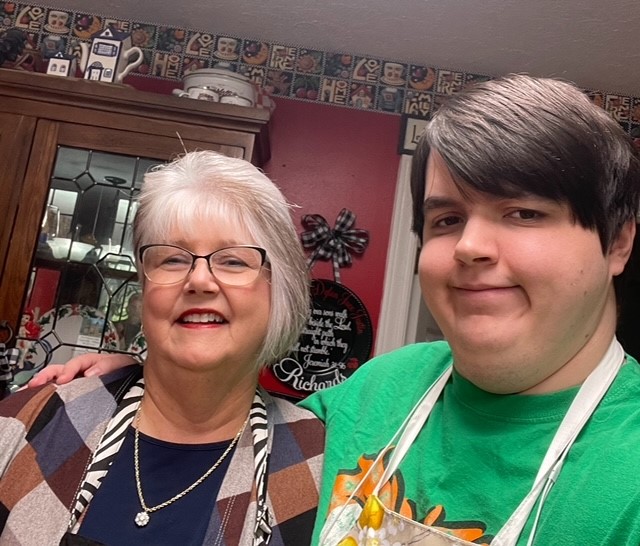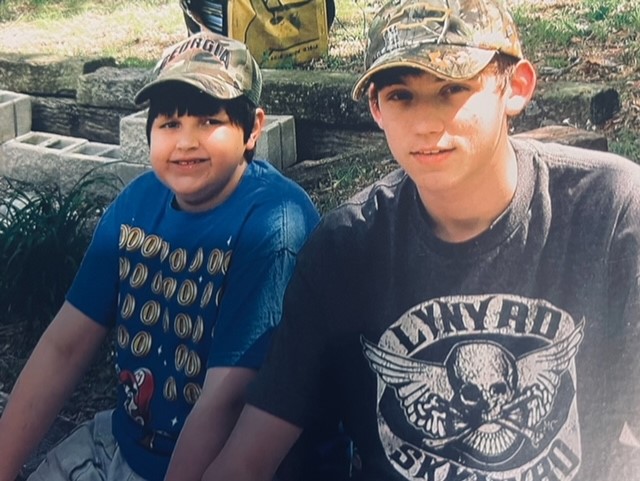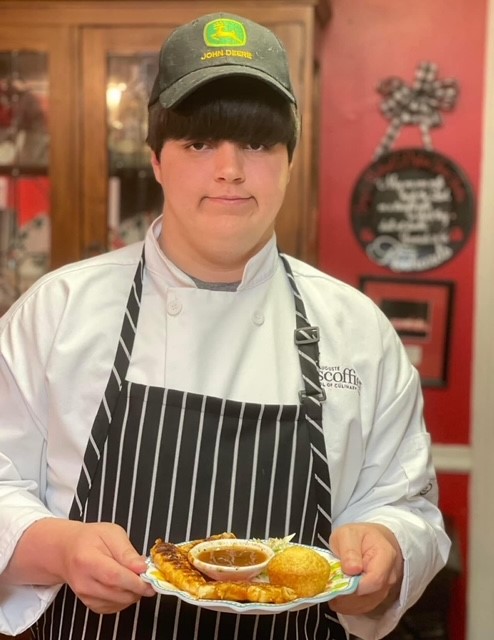Title: Top Ten Ways to Enjoy Thanksgiving with AutismIntroduction:Thanksgiving is a time for family, gratitude, and delicious food. However, for individuals with autism, the holiday season can bring unique challenges. With a little preparation and understanding, it’s possible to create an enjoyable and inclusive Thanksgiving experience for everyone. In this article, we will explore the top ten ways to make Thanksgiving a memorable and comfortable celebration for individuals with autism.
 1. Create a Familiar Schedule:Autistic individuals often thrive on routine and predictability. By sticking to a familiar schedule during Thanksgiving, you can provide a sense of comfort and stability. Try to maintain regular meal times, plan activities in advance, and communicate any changes well in advance.2. Prepare Social Stories:Social stories are visual tools that help individuals with autism understand social situations. Create a customized social story specifically for Thanksgiving, outlining what to expect, who will be present, and how the day will unfold. This will alleviate anxiety and promote a smoother experience.
1. Create a Familiar Schedule:Autistic individuals often thrive on routine and predictability. By sticking to a familiar schedule during Thanksgiving, you can provide a sense of comfort and stability. Try to maintain regular meal times, plan activities in advance, and communicate any changes well in advance.2. Prepare Social Stories:Social stories are visual tools that help individuals with autism understand social situations. Create a customized social story specifically for Thanksgiving, outlining what to expect, who will be present, and how the day will unfold. This will alleviate anxiety and promote a smoother experience.
 3. Offer Sensory Breaks:Loud noises, strong smells, and crowded environments can be overwhelming for individuals with autism. Designate a quiet space where they can retreat if they feel overwhelmed. Provide sensory toys or headphones to help them manage sensory input and reduce anxiety.4. Make Food Accommodations:Many traditional Thanksgiving foods may not be suitable for individuals with dietary restrictions or sensory sensitivities. Offer alternative options that cater to their specific needs, such as texture-modified dishes or allergen-free alternatives. Consider involving them in meal planning or cooking to make them feel included. ( have chicken McNuggets on hand just in case )
3. Offer Sensory Breaks:Loud noises, strong smells, and crowded environments can be overwhelming for individuals with autism. Designate a quiet space where they can retreat if they feel overwhelmed. Provide sensory toys or headphones to help them manage sensory input and reduce anxiety.4. Make Food Accommodations:Many traditional Thanksgiving foods may not be suitable for individuals with dietary restrictions or sensory sensitivities. Offer alternative options that cater to their specific needs, such as texture-modified dishes or allergen-free alternatives. Consider involving them in meal planning or cooking to make them feel included. ( have chicken McNuggets on hand just in case )
 5. Communicate Expectations:Clearly communicate expectations beforehand to avoid misunderstandings and reduce anxiety. Let everyone know what behavior is appropriate and establish rules and boundaries. Encourage relatives and guests to be patient, understanding, and accepting of individuals with autism.6. Incorporate Special Interests:Autistic individuals often have special interests that bring them joy and comfort. Incorporate these interests into Thanksgiving activities to create a more engaging and enjoyable experience. For example, if they love animals, consider visiting a local farm or organizing an animal-themed craft.7. Engage in Structured Activities:Structured activities can help maintain focus and reduce anxiety during Thanksgiving celebrations. Plan engaging activities such as sensory play, arts and crafts, board games, or watching a favorite movie. These activities provide structure and promote social interaction in a controlled setting. We always take Toy Story dvds with us as they comfort Justin to have something famailiar. 8. Provide Visual Supports:Visual supports, such as visual schedules, timers, or checklists, can aid individuals with autism in understanding expectations and managing their time. Use visual aids to outline the day’s activities, meal times, and any changes or transitions.9. Encourage Communication:Create a welcoming environment that encourages open communication. Foster understanding by promoting active listening and patience. Use visual aids, gestures, or alternative communication methods if verbal communication is challenging for individuals with autism.
5. Communicate Expectations:Clearly communicate expectations beforehand to avoid misunderstandings and reduce anxiety. Let everyone know what behavior is appropriate and establish rules and boundaries. Encourage relatives and guests to be patient, understanding, and accepting of individuals with autism.6. Incorporate Special Interests:Autistic individuals often have special interests that bring them joy and comfort. Incorporate these interests into Thanksgiving activities to create a more engaging and enjoyable experience. For example, if they love animals, consider visiting a local farm or organizing an animal-themed craft.7. Engage in Structured Activities:Structured activities can help maintain focus and reduce anxiety during Thanksgiving celebrations. Plan engaging activities such as sensory play, arts and crafts, board games, or watching a favorite movie. These activities provide structure and promote social interaction in a controlled setting. We always take Toy Story dvds with us as they comfort Justin to have something famailiar. 8. Provide Visual Supports:Visual supports, such as visual schedules, timers, or checklists, can aid individuals with autism in understanding expectations and managing their time. Use visual aids to outline the day’s activities, meal times, and any changes or transitions.9. Encourage Communication:Create a welcoming environment that encourages open communication. Foster understanding by promoting active listening and patience. Use visual aids, gestures, or alternative communication methods if verbal communication is challenging for individuals with autism.
 10. Practice Gratitude and Inclusion:Thanksgiving is all about gratitude and coming together as a family. Emphasize the importance of inclusivity and acceptance, ensuring that everyone feels valued and appreciated. Encourage family members to ask questions, educate themselves about autism, and embrace differences with love and compassion. Chef Justin loves the practice of writing what we are grateful for on leaves and sharing.Conclusion:By implementing these top ten strategies, you can make Thanksgiving a joyous and inclusive celebration for individuals with autism. Remember, every person with autism is unique, so tailor these suggestions to their specific needs and preferences. With understanding, support, and a little creativity, you can create cherished memories and meaningful connections during this special time of year.
10. Practice Gratitude and Inclusion:Thanksgiving is all about gratitude and coming together as a family. Emphasize the importance of inclusivity and acceptance, ensuring that everyone feels valued and appreciated. Encourage family members to ask questions, educate themselves about autism, and embrace differences with love and compassion. Chef Justin loves the practice of writing what we are grateful for on leaves and sharing.Conclusion:By implementing these top ten strategies, you can make Thanksgiving a joyous and inclusive celebration for individuals with autism. Remember, every person with autism is unique, so tailor these suggestions to their specific needs and preferences. With understanding, support, and a little creativity, you can create cherished memories and meaningful connections during this special time of year.

